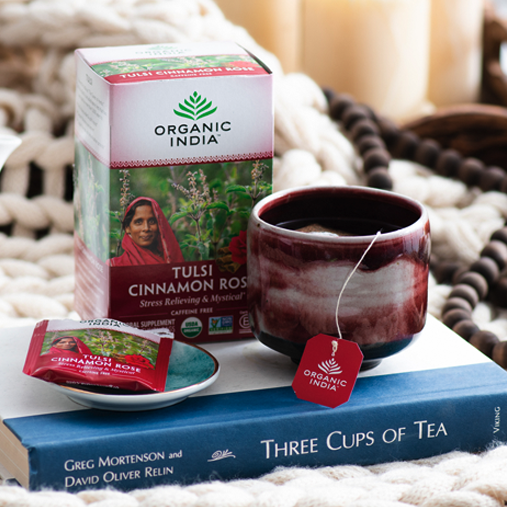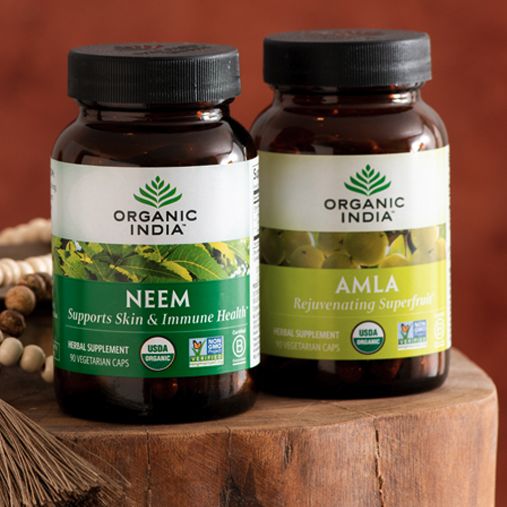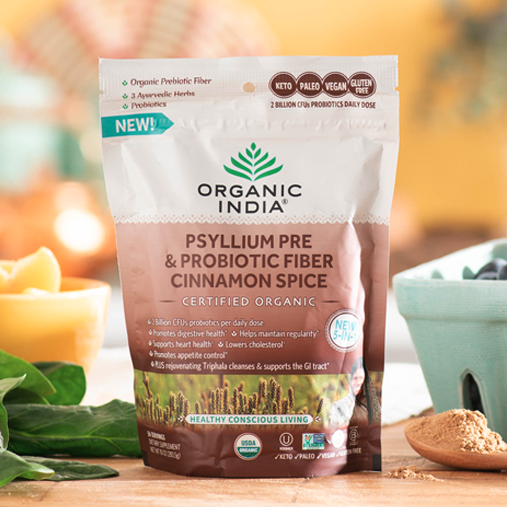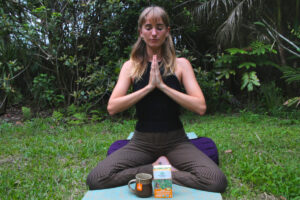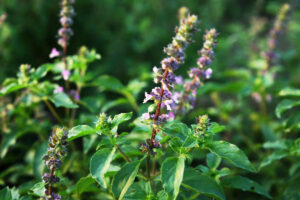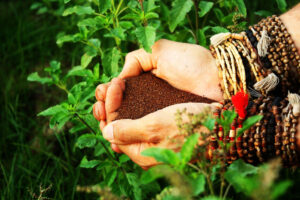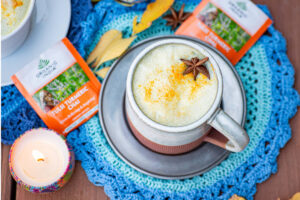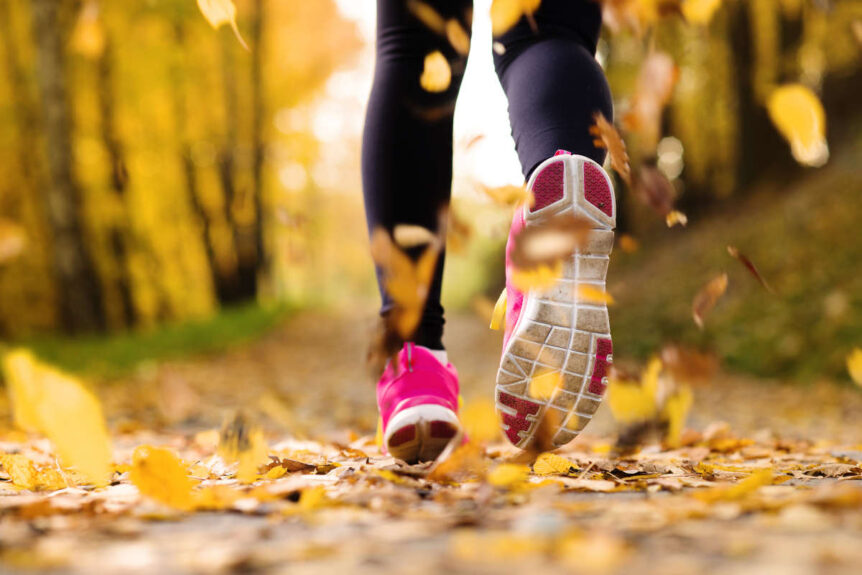Back
With its beautiful colors and crisp fresh air, fall is a favorite season for runners and outdoor athletes.
Whether you’re new to running, preparing for a 5K, or a full-blown marathon, it is essential to care for your body as you build endurance and enhance your overall fitness.
In this article, you’ll learn the top wellness tips for runners. Explore how Ayurvedic herbs, probiotics, and yoga can support runners with endurance, post-exercise recovery, joint health, body composition and lean body mass, cortisol levels, and lactic acid production.
Plus, we’ll share three helpful yoga poses anyone can do to support strength, flexibility, ankle stability, recovery, and stress response.
Top 3 Herbs and Supplements for Runners
When we think about supplements or herbs for runners, the first thing that typically comes to mind is things like protein powders or energy-enhancing formulas.
However, Ayurvedic herbs and probiotics are some of nature’s best-kept secrets for physical and mental wellness tips for runners.
#1 Ashwagandha Supports Physical and Mental Endurance
Ashwagandha, also known as “Indian Ginseng”, is a powerful adaptogenic herb used extensively in Ayurveda and, more recently, in the modern supplement industry.
Adaptogenic herbs like Ashwagandha, Tulsi, and Turmeric, for example, work by helping the body adapt and thrive under various physical, mental, and emotional stressors.
In the West, Ashwagandha is best known for supporting stress response, thyroid function, sleep cycle, cognitive health, and overall energy.
In Ayurveda, it’s traditionally used to support reproductive health, induce sleep, promote relaxation, boost immunity, support healthy sexual function and nourish Vatta body types.
Modern science has conducted many studies on the various health benefits of Ashwagandha, including how it can benefit runners and endurance athletes.
One 8-week placebo-controlled trial conducted on Indian long-distance cyclists showed a substantial benefit for those receiving the Ashwagandha (vs. placebo) on:
- Endurance
- Aerobic capacity in terms of maximal aerobic capacity (VO2 max)
- Metabolic equivalent
- Respiratory exchange ratio (RER)
- And total time for the athlete to reach his exhaustion stage.
Another 8-week double-blind, randomized, placebo-controlled trial published in the Journal of Ethnopharmacology showed Ashwagandha root extract successfully supported cardiorespiratory endurance and improved the quality of life in healthy athletic adults.
This evidence shows Ashwagandha may help support runners’ endurance, aerobic capacity, and quality of life.
From an Ayurvedic perspective, as an adaptogen, it may also be helpful to support your body’s stress response and overall well-being as you push yourself to greater fitness levels.
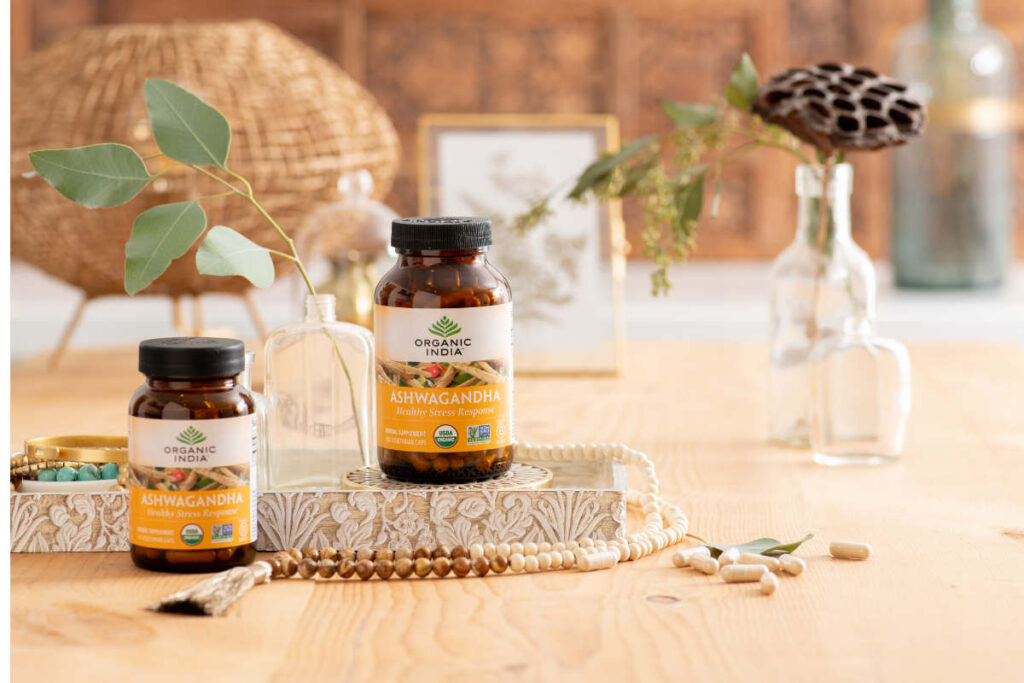
#2 Turmeric for Recovery, Joint Support, And Soreness
Adaptogenic Turmeric is of the most revered herbs in Ayurveda. It’s also one of the most studied herbs on the planet.
Its active component, curcumin which gives turmeric its golden hue, has over 20,000 mentions within the National Institutes For Health PubMed Database of this writing.
Curcumin has been shown beneficial for various health concerns, including inflammatory response, immunity, temporary pain, kidney health, reproductive health, blood sugar balance, oxidative stress from free radical damage, and much more.
In Ayurveda, it’s known as “a pharmacy in one herb”, and has been used for dozens of purposes, including to support digestion, elimination, immunity, intestinal health, pain, healthy inflammatory response, liver cleansing, antioxidant support, skin nurturing, kidney support, and in medicinal and everyday recipes.
When it comes to supporting athletes and runners, research has shown curcumin supports:
- Muscle recovery
- Antioxidant capacity
- Healthy muscle repair when consumed close to exercise
- Muscle performance
- Normal inflammatory response
- Oxidative capacity in untrained and recreationally active individuals.
At Organic India, we have a wide variety of turmeric supplements, powder, and teas that make incorporating turmeric into your workout a cinch.
Worried about turmeric’s ultra-earthy flavor?
We’ve got you covered with tons of delicious recipes, from a pre- or post-workout Pina Colada Smoothie to a relaxing Turmeric Golden Milk Latte With Ginger or a hearty and warming “recovery bowl” of Carrot and Sweet Potato Soup With Turmeric And Ginger to refuel after a workout.
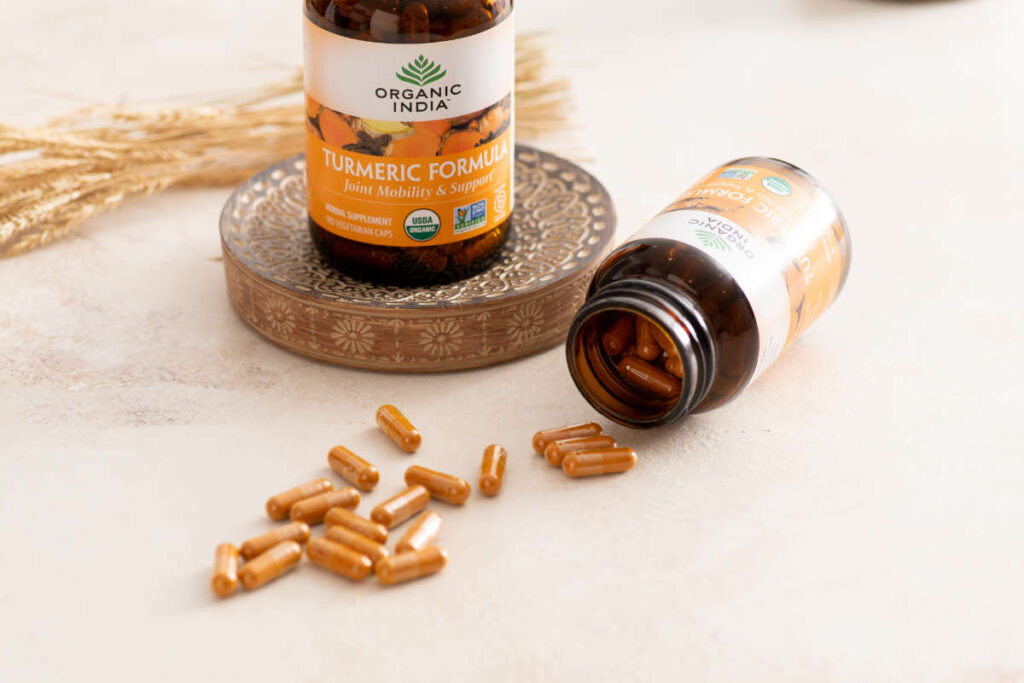
#3 Probiotics for Optimal Nutrient Absorption And Immunity
Regular exercise is generally recognized as beneficial for your immune system.
However, suppose you’re just getting started running or really increasing your mileage in very hot or cold weather. In this case, exercise can cause a temporary dip in immunity while you build up your strength.
One way to help strengthen your body during these times is to use probiotics.
Probiotics have been shown to help athletes and runners in numerous ways, including:
- Supporting optimal absorption of key nutrients like amino acids from protein.
- Promoting healthy immunity during times of intense exercise.
- Supporting gut barrier function when you’re exercising in very hot climates (this type of stress can compromise gut health).
- Supporting recovery and muscle function.
- Promoting healthy body composition and lean body mass.
- Supporting a healthy response to physical or mental stressors.
- Reducing exercise-induced lactic acid (the stuff that makes you feel stiff and sore after a workout.
- Supporting mental health and endurance during exercise.
You can find probiotics in various forms, including:
- Fermented foods, such as yogurt, kefir, kimchi, kombucha, real sourdough bread, kvass, and real pickles.
- The great outdoors! Gardening, breathing in fresh air, hiking, tending to animals, forest bathing, camping, visiting a farm, playing in the dirt, walking on the beach, etc., all offer probiotic benefits.
- Or high-quality supplements. Generally speaking, you want to look for a multi-strain probiotic containing prebiotic fiber (such as inulin) with no fillers, sugar, or artificial flavors. Check with your healthcare practitioner if you’re unsure of the best brand.
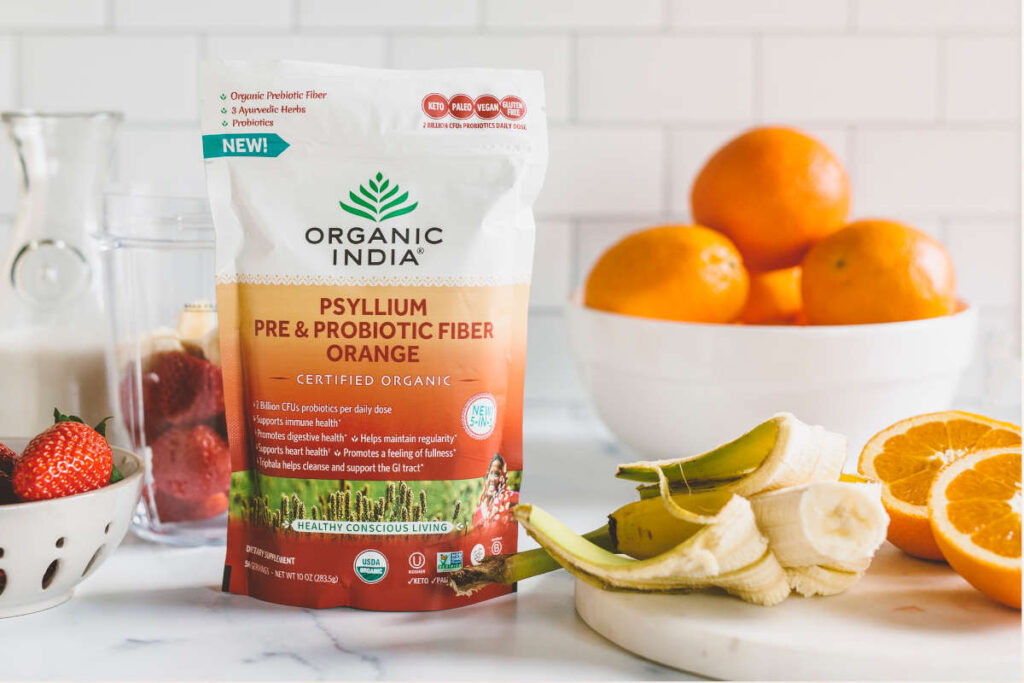
3 Yoga Poses for Runners
Yoga is a wonderful complement to intense cardiovascular exercises, like running or jogging, because it focuses on stretching, flexibility, strength, mindfulness, stability, and restoration.
There are many ways to incorporate yoga into your exercise routine. Here are three poses to help you get started:
#1: Strengthen: Four Limb Staff Pose/Chaturanga
Running is an amazing cardiovascular workout. However, it doesn’t do much to strengthen your upper body.
This is where this Four Limb Staff Pose, aka Chaturanga, comes in handy.
This pose works your entire upper body (arms, back, lower back) and core and is as simple as doing half a push-up. Here’s how:
- Lay on your mat face-down with your hands under your shoulders (like you’re about to do a push-up).
- Let your forehead press into the mat for a moment to center yourself.
- Flex your feet and let your toes press into the mat.
- Draw in your core and press your hands down into the mat.
- Lift your entire body in one smooth push-up, and hover in plank position for 10-30 seconds (or longer if you wish).
- Drop back down to the mat and rest, OR control your body as you slowly lower down to the mat and rest.
- Take a break, then repeat 5-10 times.
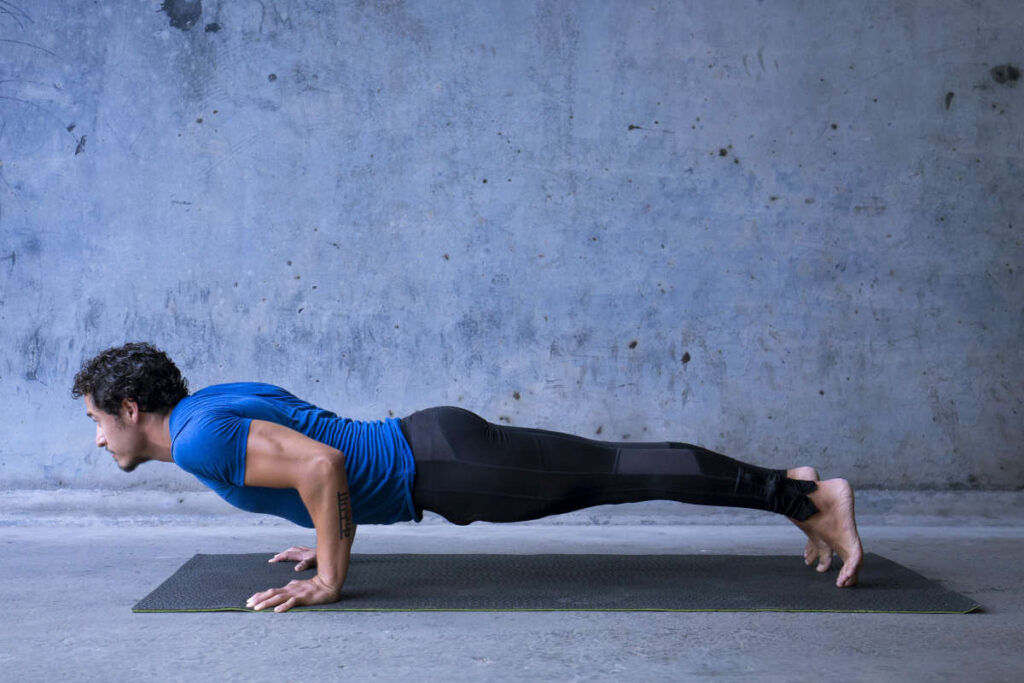
#2: Stretch: Dancer/Natarajasana
Dancer/Natarajasana is a beautiful and elegant pose that provides a full-body stretch in all the places runners need it most.
This one post will stretch your hamstrings, calves, quads, hip flexors, abs, and back while opening the front body and helping with ankle strength and stability.
Yep, that’s the power of yoga!
- Begin in mountain pose. Standing straight up with your feet firmly on the ground, hands open, and good posture.
- Next, move into a simple quad stretch by bending one knee and pulling your foot up to your buttocks.
- Feel and enjoy that stretch for as long as you need to.
- When you’re ready, pivot the hand holding your foot to the arch—so your thumb is facing your pinky toe, and your fingers are facing and gripping your arch and heel.
- If the hand pivot isn’t available to you or doesn’t feel good, continue holding your foot in the original fashion.
- Choose a focal point, check your balance, press your foot into your hand as you reach your opposite hand forward (like you’re reaching out to shake someone’s hand), and slowly tilt your body forward.
- If balance is an issue, feel free to hold onto a chair with your free hand. Yoga’s all about listening to your body and honoring your boundaries!
- As you tilt forward, start opening your chest and making a beautiful arch in your back as you pull your foot up, intensifying that quad stretch.
- Open up as much as you can comfortably and hold the pose for 10-60 seconds.
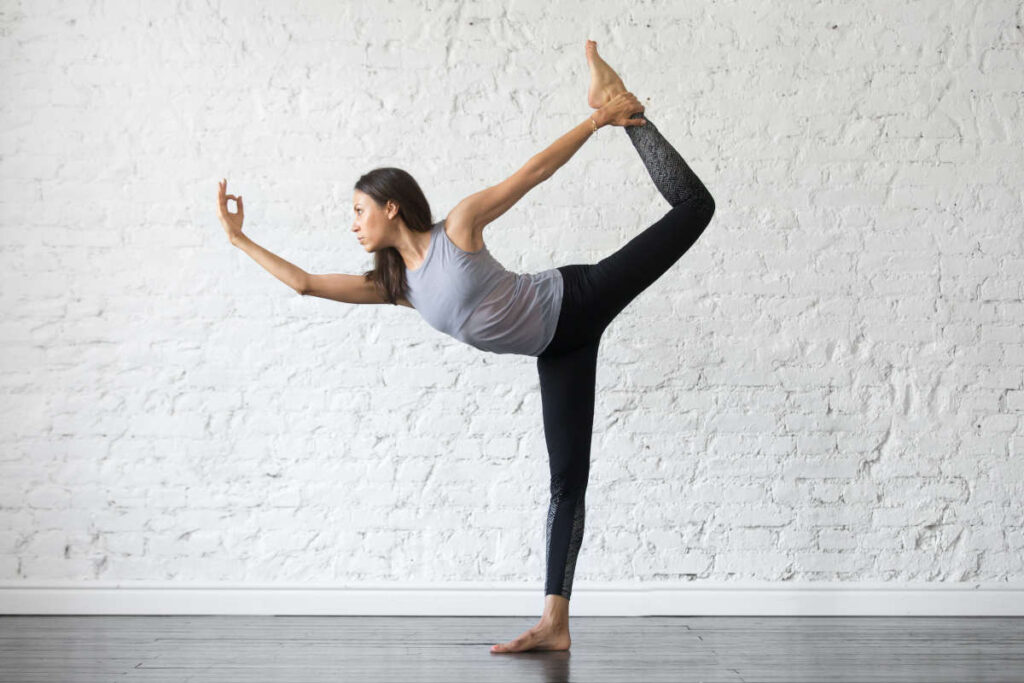
#3: Restoration: Legs Up The Wall/Viparita Asana
Legs Up The Wall/Viparita Asana is the perfect pose to rest and restore yourself after a good run.
By elevating your legs up the wall, you reverse the flow of circulation, which is terrific for supporting cardiovascular health, vein health, and overall Prana; while helping release the lower back, hips, and glutes.
Plus, it forces you to rest for a while, which is very important when pushing yourself hard.
Legs Up The Wall is practiced in just the way it sounds:
- Find a wall and lie on the floor facing the wall on a yoga mat, blanket, etc. You can use a pillow for neck support if desired.
- Bend your knees and scooch your hips until your buttock touches the wall.
- Lift your legs up the wall and rest them there with straight legs or a soft bend in the knees.
- Lie there for as long as you like. Breathe deeply and relax.
If you really want to treat yourself, finish off by dropping your legs to the floor, bending your knees, opening up your arms, and twisting your legs from one side to the other to massage the lower back.
Women may also find this twisting post especially helpful and comforting during menstruation. It’s also great for lower back discomfort.
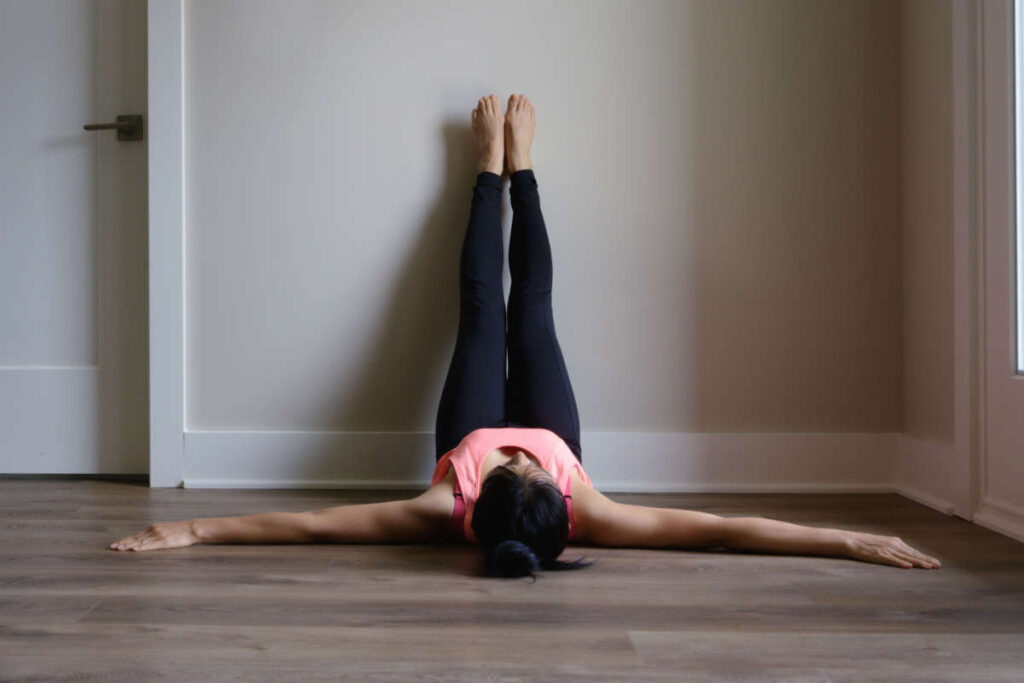
Cheers and best wishes for a happy and healthy fall running season!

